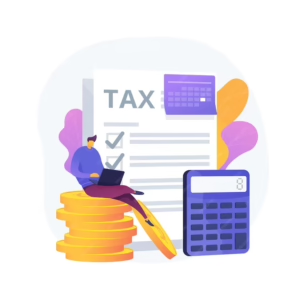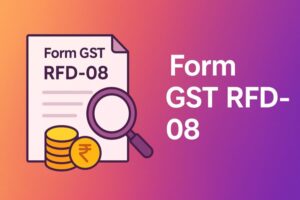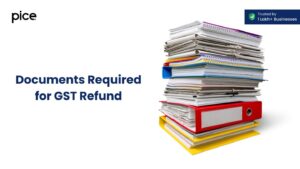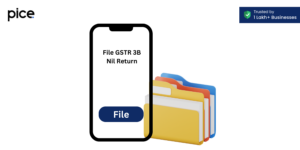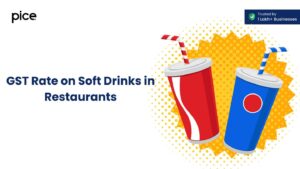Duty Drawback Under GST
- 10 Jan 25
- 8 mins
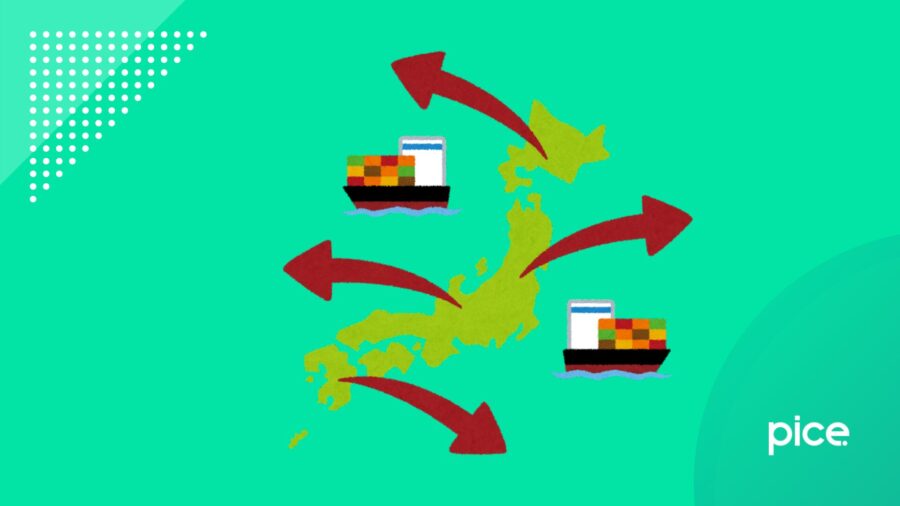
Duty Drawback Under GST
Key Takeaways
- Duty Drawback: Refund of customs and excise duties on inputs used in exported goods.
- Types of Drawback: Direct, substitution, and unused merchandise-based refunds.
- Claim Process: File shipping bills via EDI and receive refunds directly to your bank.
- Documentation: Key documents include invoices, duty proof, and shipping bills.
- AIR Limit: Drawback rate capped at 33% of export goods' market value.
The government of India has initiated the duty drawback scheme for several export products after analysing the average burden of central excise duties, customs duties, services tax, and other incidental costs incurred on these products.
The scheme involves a refund or reimbursement of the customs and excise duties paid on the indigenous materials or input and the service tax paid on the input services used in manufacturing export goods.
Go through this blog to learn more about duty drawbacks under GST in India.
Duty Drawback Scheme: Customs Act 1962
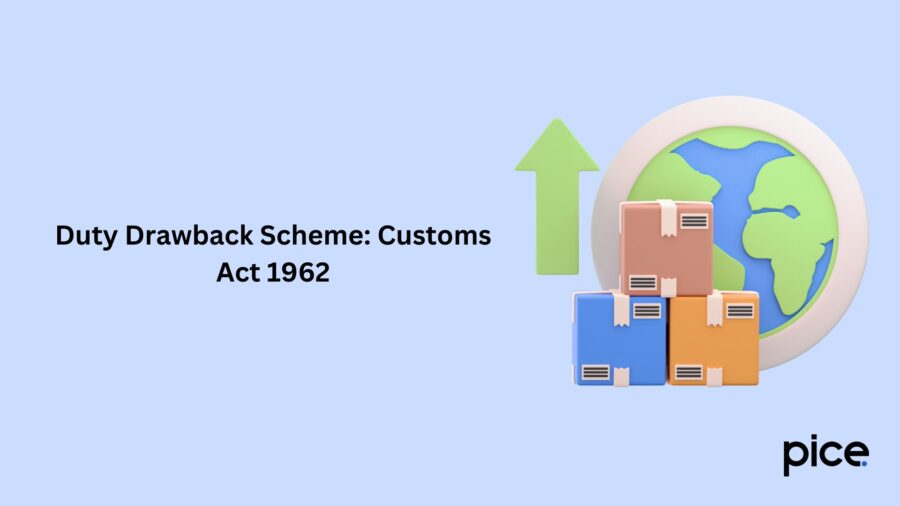
The duty drawback scheme enables exporters to receive a refund on customs duties paid for imported goods that:
- Are either incorporated or used into products meant for export
- Remain unused after import
This scheme is governed by the provisions of Section 74 and Section 75 of the Customs Act, 1962. According to these sections, the following criteria must be met to claim a duty drawback:
- Exporters can claim a refund of 98% of the customs duty paid if the imported goods are re-exported within two years from the date of duty payment.
To successfully claim a duty drawback, the following points should be noted:
- Export products must differ from the import products.
- Inputs refer to imported goods on which customs duties and taxes have been paid.
- The goods used in the manufacture of export goods must have undergone a physical transformation.
- The quantity of inputs used per unit of the exported product must not be consistent.
The government sets a certain drawback rate for various goods. It is calculated per unit of the final product at the time of export. The determination of this rate depends on factors such as the raw materials used, the manufacturing process, customs duties paid on inputs, and the quality standards of the final product.
Duty drawback may not be granted under the following circumstances:
- The export value of the goods is lower than their import value.
- If the exporter does not receive payment for the sale of exported products within the stipulated time, the government may disallow the drawback.
What Are the Types of Duty Drawback?
Here are some of the key types of duty drawback under GST:
Direct Identification Manufacturing
When imported materials are used to produce another product that is later exported, the import duty paid on the materials can be refunded. For example, if machinery and parts are imported to manufacture bicycles for export, the duties on the imported machinery used in bicycle production can be claimed under the Duty Drawback Scheme.
Substitution Manufacturing
If imported products are of the same type and quality as the exported products, even if they were not directly used in the final product, a substitution manufacturing duty drawback can be claimed. For instance, a manufacturing plant imports 1,000 motors and also has 500 motors of the same type. Whether the imported motors are used or not, the exporter can claim a refund on the duties paid for the imported motors.
Unused Merchandise Direct Identification Manufacturing
If imported goods are directly exported without being used, the duty paid at the time of import can be refunded. For example, a company that imports plastic bangles to manufacture other plastic bangles for export can still claim a duty drawback even if the same plastic bangles are exported without any modification.
Unused Merchandise Substitution Manufacturing
A duty drawback can be claimed when unused imported materials, which are replaced with other imported duty-paid materials, are exported. For instance, if textiles are imported and stored with similar textiles in the inventory, even if they were not used in the manufacture of export goods, the manufacturer is eligible to claim a duty drawback on the exported unused (substituted) merchandise.
What Are the Documents Required in the Duty Drawback Process?
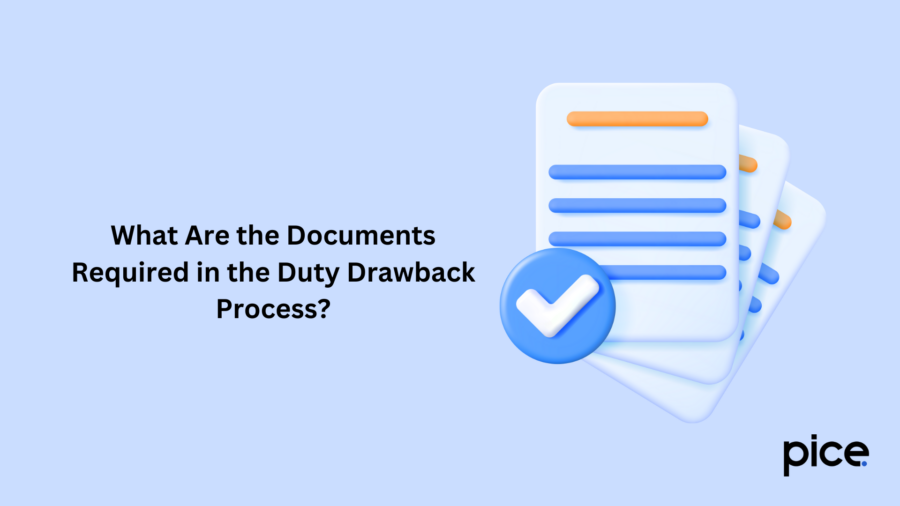
To process duty drawback claims, exporters need to provide the following documents:
- Triplicate copy of the shipping bill
- Copy of the airway bill or bill of lading
- Proof of payment of duty payment for imported goods
- Reserve Bank of India (RBI) approval for re-exporting goods, if applicable
- Bank-certified copies of invoices
- Copy of the bill of entry
- Import invoice
- Freight and insurance certificate
- Sixtuplicate copy of the AR-4 form
- Export invoice and packing list
- Modvat declaration form
- Copy of the goods' test report, if required
- Transshipment certificate, whenever necessary
- Worksheet specifying the drawback amount being claimed
- Licence copy and DEEC book, if applicable
- Blank acknowledgement card in duplicate
- Pre-receipt for the drawback amount, signed on a ₹1 revenue stamp, provided on the reverse side of the shipping bill.
How to Claim Duty Drawback?
To claim duty drawback, follow these steps:
- \File the Shipping Bill: Submit the shipping bill electronically using the Electronic Data Interchange (EDI) system for your export consignment.
- Automatic Claim Processing: The electronic shipping bill acts as the duty drawback claim. There is no need to file a separate application unless it pertains to DBK claims for re-exporting imported goods under Section 74 of the Customs Act, 1962.
- Account Setup: Open a bank account with a customs-nominated bank or one that supports core banking facilities for RTGS/NEFT fund transfers. This ensures the drawback amount is directly credited to your account, eliminating the need for physical cheques.
- Bank Details Declaration: Provide your bank account details and the bank name where export proceeds will be received in the declaration form.
- Eligible Ports: Ensure your export is routed through an EDI-enabled port, as only such ports can process claims under this system.
By following these steps, you can ensure a seamless process for claiming duty drawbacks on your exports.
What Is All Industry Rate (AIR)?
The All Industry Rate (AIR) is an average rate determined based on the typical quantity and value of inputs used in producing export products and the duties (both customs and excise) as well as service tax incurred on these inputs. Established under Rule 3 of the Drawback Rules, AIR is calculated by analysing the average quantity and value of imported inputs across various product categories.
These rates are applied to broad product categories and also account for the drawback on packaging materials. Additionally, under Rule 9 of the Customs and Central Excise Duties Drawback Rules, 2017, the duty drawback rate for all industries cannot exceed 33% of the market price of the export goods.
Conclusion
The situation where the duty drawback under GST is offered is an excellent chance for exporters to reclaim all the duties that were paid on imported goods that are used to manufacture export goods. By following the procedure outlined under the Customs Act, 1962, and providing the necessary documentation, exporters can streamline their claims.
It aims at refunds of duties paid on inputs, raw materials, and services, which lowers various costs to the business people and facilitates international trade. Exporters might find it easier and more efficient to claim some duty drawback benefits if they get acquainted with the types of duty drawback and the conforming procedures.
💡If you want to streamline your payment and make GST payments, consider using the PICE App. Explore the PICE App today and take your business to new heights.
FAQs
What is the Duty Drawback Scheme under the Customs Act, 1962?
What are the types of Duty Drawback under GST?
Direct Identification Manufacturing: Refund for imported goods used in exported products.
Substitution Manufacturing: Refund for goods of the same quality/type, even if not used.
Unused Merchandise: Refund for imported goods exported without use, with or without substitution.
What documents are required to claim Duty Drawback?
How is the Duty Drawback Rate (All Industry Rate - AIR) determined?
What are the steps to claim Duty Drawback?
File the shipping bill electronically using the EDI system.
Ensure your export is routed through an EDI-enabled port.
Provide necessary bank details for direct fund transfers.
Submit all required documentation, and the refund will be processed automatically if conditions are met.
 By
By 






